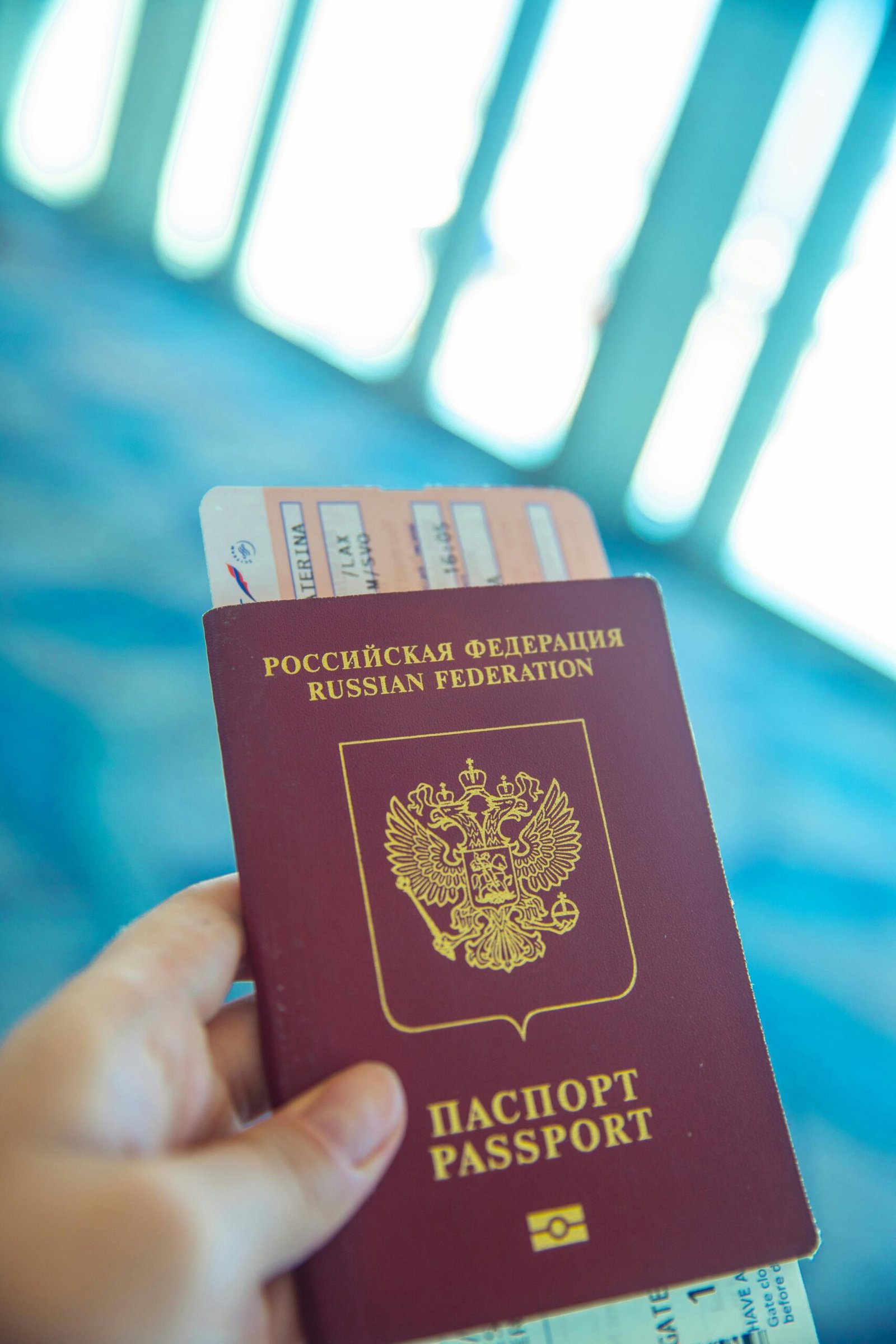Summer Family Travel: Parent‑Child Flight Savings Strategies

Introduction
Summer vacation is prime time for families to create lasting memories, but soaring airfare, especially for parent‑child pairs, can strain budgets. Finding affordable flights for two (or more) travelers requires strategic planning, savvy booking techniques, and creative use of loyalty programs. In this comprehensive guide, we present a start‑to‑finish playbook for saving hundreds—even thousands—on family flight tickets. You’ll learn:
- Optimal Booking Windows: When to search and purchase for the lowest fares.
- Fare‑Comparison Strategies: Tools and techniques to spot the best deals.
- Airline Pricing Nuances: How airlines structure family fares and surcharges.
- Loyalty & Rewards Hacks: Leveraging miles, points, and co‑branded credit cards.
- Child Discounts & Infant Policies: Maximizing savings on lap passengers and children’s fares.
- Alternative Routing & Hidden‑City: Ethical considerations and risk management.
- Budget Airline Tactics: Navigating baggage, seat assignments, and ancillary fees.
- Group Fare Reservations: Booking multiple seats together at steep discounts.
Following our Top 10 Savings Strategies, you’ll find:
- A Comparative Tools Table of popular search engines and fare‑tracker apps.
- A Booking Timeline outlining when to research, lock in, and check for price drops.
- Case Study Scenarios for domestic vs. international summer routes.
- Pro Tips for seat selection, family seating blocks, and last‑minute upgrades.
- FAQs covering common questions on child fares, award travel, and change policies.
- A Family Travel Savings Checklist to organize your entire booking process.
Whether you’re flying coast‑to‑coast, hopping on a budget carrier to theme parks, or jetting overseas, this guide equips you to secure the best possible parent‑child airfare and keep more cash in your vacation fund. Let’s dive in!
Top 10 Flight‑Savings Strategies for Families
1. Book Within the “Prime Purchase Window”
Airfares fluctuate wildly; most experts agree there’s a “sweet spot” when fares are lowest—roughly 6–8 weeks before domestic summer flights and 3–5 months for popular international routes. Monitor price trends on fare‑tracker sites (e.g., Google Flights, Hopper, Skyscanner) to identify patterns: set price alerts at least 90 days out, then lock in when fares dip 10–15% below average.
Action Step: Create rolling alerts for desired dates and monitor mid‑week sales, as airlines often release discounted inventory on Tuesdays and Wednesdays.
2. Leverage Flexible Date Searches
A one‑day shift in departure or return can save hundreds. Use flexible‑date grids on Google Flights or Kayak Explore to compare +/- 3 days around your ideal travel window. For families with school‑age children, consider departing mid‑week (Tuesday–Thursday) when leisure traffic is lower. Early‑morning and red‑eye flights also tend to be cheaper.
Action Step: Generate a five‑week fare calendar, then pinpoint the lowest average round‑trip fare block for both passengers.
3. Optimize Multi‑City and Open‑Jaw Itineraries
Booking a multi‑city (“open jaw”) ticket—flying into one city and out of another—can cost less than separate one‑ways or standard round‑trips. For example, fly into Orlando and out of Miami to cover two destinations without backtracking. Many search engines default to round‑trips; explicitly select “multi‑city” and experiment with hub airports vs. direct city pairs.
Action Step: In your fare search tool, plug in “City A → City B; City C → City A” to uncover hidden arbitrage opportunities.
4. Combine Low‑Cost Carriers with Legacy Airlines
Budget airlines (Frontier, Spirit, Sun Country) often undercut major carriers by 30–50% on domestic routes. However, they nickel‑and‑dime families with baggage and seat‑assignment fees. A hybrid strategy—book the outbound on a budget carrier and return on a full‑service airline—can balance savings and comfort. Ensure minimum layover buffer times (2–3 hours) for separate tickets.
Action Step: Calculate total per‑passenger cost including one checked bag, carry‑on, seat assignments, and “family pooling” fees before committing.
5. Maximize Award Travel Redemptions
Frequent‑flyer miles and credit‑card points can cover the entire parent‑child fare if you plan ahead. For domestic travel, aim to accumulate at least 25,000–40,000 miles per round trip per passenger. Transferable bank points (Chase Ultimate Rewards, Amex Membership Rewards, Citi ThankYou) unlock multiple airline partners. Use partner sweet spots—e.g., Alaska Airlines’ off‑peak awards or British Airways’ Avios for short‑haul flights.
Action Step: Pool points from multiple household cards into one airline program. Book award tickets 5–9 months in advance to secure saver‑level availability for two seats.
6. Exploit Child and Infant Fare Rules
Many carriers offer steep discounts (up to 90%) on infant lap tickets (< 2 years old) and reduced fares (10–50%) for children aged 2–11. However, rules vary: some budget airlines treat children as adults. Always verify the exact fare in the “passenger” section before payment. For infants, lap‑seat tickets often incur taxes and fees but avoid full fare.
Action Step: During booking, input “1 adult + 1 infant lap” and compare the total to the standard two‑adult fare to quantify savings.
7. Use Family‑Friendly Fare Codes and Consolidators
Some consolidators (ITA Matrix, Flightfox) and airline call centers can access unpublished “family” or “child” fare codes that online systems omit. Similarly, third‑party consolidators often have bulk inventory at lower rates. Calling the airline directly—asking specifically for “family fare” or “child discount”—can yield bogof (buy one get one free) promotions not visible online.
Action Step: After an online search, call the airline’s group/family desk and request any unpublished child or family discount codes applicable to your itinerary.
8. Consider Hidden‑City and Throwaway Ticketing with Caution
Hidden‑city ticketing—booking a flight where your true destination is a layover—can occasionally offer significant savings. For instance, ticket “City A → City C” via “City B” and deplane at B. This technique violates most airlines’ contracts, risks cancelled return flights if outbound segments change, and forfeits checked luggage. Only use it for carry‑on trips and fully understand the ethical implications.
Action Step: Use tools like Skiplagged to identify hidden‑city opportunities, but only commit if comfortable with potential airline retribution and travel complexity.
9. Group Booking Discounts
Booking four or more seats in a single reservation can unlock group discounts—usually applied automatically, sometimes requiring a group‑travel agent. Airlines define “group” differently; some consider as few as 5–9 seats. Group bookings often allow hold without deposit for 24–72 hours and flexible payment terms.
Action Step: If traveling with multiple children (two adults + two or more kids), call the airline’s group‑sales department to request a block fare and payment schedule.
10. Monitor Flash Sales and Mistake Fares
Airline flash sales (e.g., “Weekend Sale”) and rare mistake fares can slash up to 70% off summer peak rates. Follow fare‑alert newsletters (Scott’s Cheap Flights, Airfarewatchdog) and join airline social‑media channels. Mistake fares often last only hours before correction—book swiftly with refundable tickets in case of cancellation.
Action Step: Subscribe to at least two reputable fare‑alert services and set alerts for your airport pair; be ready to purchase immediately when alerted.
Comparative Tools Table
| Tool/App | Coverage | Key Feature | Price |
|---|---|---|---|
| Google Flights | Global airlines | Flexible‑date calendar | Free |
| Skyscanner | Low‑cost carriers | Multi‑city combo search | Free |
| Hopper | Price predictions | Price‑drop notifications | Free |
| Kayak Explore | Global markets | Map‑based cheap destinations | Free |
| ITA Matrix | Advanced search | Fare code filtering | Free |
| Scott’s Cheap Flights | Premium alerts | Mistake‑fare emails | $49/yr |
| Airfarewatchdog | Domestic focus | Error fare monitoring | Free/Paid |
| ExpertFlyer | Seat alerts | Award‑space notifications | $99/yr |
| AwardHacker | Award search | Miles sweet spots finder | Free |
| Flightfox | Concierge booking | Fare‑optimization service | Commission |
Booking Timeline
| Time Before Departure | Action |
|---|---|
| 9–12 Months | Research award availability; start pooling miles |
| 6–9 Months (Intl) / 6–8 Wks (Dom) | Set up fare alerts; monitor price trends daily |
| 3–5 Months (Intl) | Begin serious search; explore multi‑city and open jaw |
| 2–3 Months | Book award tickets; seize any sale fares |
| 6–8 Weeks (Dom) | Book non‑award round trips; lock in best family fares |
| 4–6 Weeks | Use price‑drop tools to track refunds/rebooks |
| 2–4 Weeks | Confirm seat assignments; consider paid upgrades |
| 1–2 Weeks | Re‑check for last‑minute sale; finalize ancillary add‑ons |
| 72 Hours | Online check‑in for optimal family seating |
| 24 Hours | Re‑verify baggage rules; pack and prepare documentation |
Case Study Scenarios
A. Domestic Summer Road‑Trip Flight
- Route: New York (JFK) → Orlando (MCO)
- Passengers: 2 adults + 1 child (age 7)
Strategy:
- Flexible Dates: Shift departure by ± 2 days to find lowest mid‑week fares (saved $120).
- Budget Carrier Hybrid: Outbound on Spirit for $95 pp + carry‑on; return on JetBlue for free seat selection and more legroom ($145 pp).
- Child Discount: Input child age at booking to secure 25% off adult fare on JetBlue.
- Hopper Alert: Locked in outbound when predicted to rise by 20% in 3 days.
Total Cost (incl. bags & seats): $735 vs. $1,020 for standard round‑trip on a single carrier—a 28% savings.
B. International Summer Family Vacation
- Route: Los Angeles (LAX) → Tokyo (HND)
- Passengers: 2 adults + 2 children (ages 4 & 10)
Strategy:
- Award Booking: Transferred 240,000 Chase UR points to United MileagePlus for round‑trip saver awards (40,000 miles × 4), paying only $120 taxes/fees pp.
- Lap Infant Fare: Child under 2 traveled on parent’s lap—took 10% of adult award cost plus $20 in fees.
- Multi‑City Trick: Booked open‑jaw returning from Osaka (KIX) → LAX to see two cities without backtracking, no additional miles.
- Suite Upgrade Bidding: Used United Upgrade Awards to secure Economy Plus seating for extra legroom at low mileage cost (4,000–6,000 miles per seat).
Out‑of‑Pocket Cost: Taxes/fees $600 total for four passengers; used 160,000 miles + 40,000 miles-infant for a total of 200,000 miles—compared to cash fares of $5,200, saving $4,600.
Pro Tips
- Seat‑Map Mastery
• Use SeatGuru to select contiguous seats; pay early for priority assignments. - Cancel‑and‑Rebook
• If price drops after booking, many airlines allow free rebooking within 24 hrs; set alerts and act swiftly. - Credit‑Card Protections
• Book on a travel rewards card offering trip cancellation/interruption insurance, baggage delay coverage, and price‑protection features. - Child‑Friendly Extras
• Some airlines waive baggage fees for kids’ equipment (strollers, car seats); add them during booking to avoid airport charges. - Travel Agent Leverage
• For complex itineraries use a specialist agent who can access consolidator fares and group discounts not available online. - Keep Loyalty Accounts Active
• Earning even small points through occasional partner activity can maintain elite status and unlock family benefits (free upgrades, lounge access).
FAQs
Q1: Do airlines allow infants on laps for free?
Most U.S. carriers charge only government taxes (~$25) for lap infants (< 2 years). International policies vary; confirm during booking.
Q2: Can I mix cash and award tickets on the same itinerary?
Yes—some airlines permit mixed cabin itineraries. Verify award carrier rules; a phone call may be required.
Q3: Are flight‑only consolidator tickets safe?
Consolidators offer genuine published fares at bulk rates; ensure your itinerary originates/returns from same city or risk “hidden city” invalidation.
Q4: What is best for large families (3+ kids)?
Group bookings or family‑fares via airline group desks. Book award space for two parents first, then add kids on waitlists.
Q5: Should I always buy travel insurance?
Highly recommended—covers cancellations, medical emergencies, and activity interruptions which can be costly for families.
Family Travel Savings Checklist
- Set up fare alerts for target routes at least 90 days before travel
- Research flexible‑date calendars and multi‑city routing options
- Pool miles/points across family credit cards into one loyalty account
- Compare budget‑carrier ancillary fees vs. full‑service fares
- Contact airline group desk if booking ≥ 4 seats
- Confirm child/infant discount codes and lap‑child fees
- Monitor price drops and re‑book within 24 hrs if permitted
- Review seat‑map for optimal family seating blocks
- Add travel insurance and verify coverage for minors
- Pack proper documentation (passports, birth certificates for lap infants)
Conclusion
Securing affordable parent‑child flight tickets for summer travel demands diligence, flexibility, and a toolkit of proven strategies. By mastering the prime booking windows, exploiting award‑program sweet spots, navigating child‑fare policies, and leveraging flexible routing and budget carriers, savvy families can cut airfare costs by 30–70%. Monitoring flash sales and using consolidators further amplify savings, while group and multi‑city bookings unlock specialized discounts.
Pair these tactics with proactive price‑alert setups, credit‑card protections, and family travel insurance to minimize risk and complexity. With this comprehensive guide, you’re armed to transform stressful summer booking into an opportunity to free up dollars for experiences—theme‑park tickets, cultural excursions, and quality family time—rather than fueling airport costs.
Bon voyage, happy savings, and here’s to a summer of unforgettable memories at budget‑friendly prices!







